Pollinators are the quiet heroes of our ecosystems—ensuring plants reproduce, crops yield fruit, and wildflowers continue to bloom. But many of these vital species are now in decline due to habitat loss, pesticides, and climate change. The good news? Your garden can become a safe haven.
By planting the right flowers, avoiding harmful chemicals, and offering shelter, you can directly support at-risk pollinators like the rusty patched bumblebee, monarch butterfly, metallic green sweat bee, and even lesser-known species like hoverflies and hawk moths.
Here are 17 endangered pollinators that need our help—and how your garden can become a small but mighty force in the fight for their survival. Every flower you plant can be a lifeline.
Rusty Patched Bumblebee
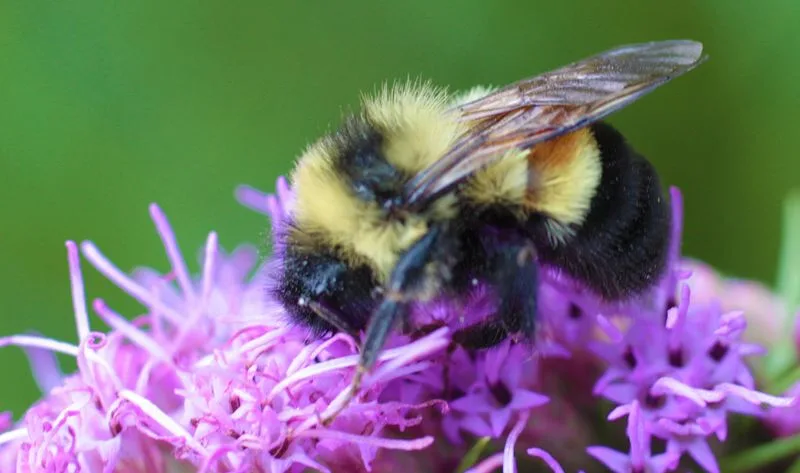
A small bee with a big job. The Rusty Patched Bumblebee, once abundant, has seen its numbers plummet due to habitat loss and disease. Found primarily in the Midwest and Northeast, this bumblebee is vital for pollinating crops like tomatoes and peppers. Planting native flowers such as bee balm and wild indigo can create a welcoming environment. With its gentle buzz, this bee brings life to gardens, weaving through petals like a nimble dancer. Introduce this buzzing friend to your garden and witness the colourful dance of pollination.
Monarch Butterfly

Regal and iconic, the Monarch Butterfly is a symbol of transformation and migration. These butterflies embark on a daunting journey from North America to Mexico every year. Milkweed plants are their lifeline, as they lay eggs on them and the caterpillars feed exclusively on their leaves. A garden adorned with milkweed can become a bustling nursery for these majestic travelers. Witnessing a monarch glide through your garden is like watching a tiny sunset in motion. Support their migration by planting milkweed and become part of their incredible journey.
Hummingbird Hawk-Moth
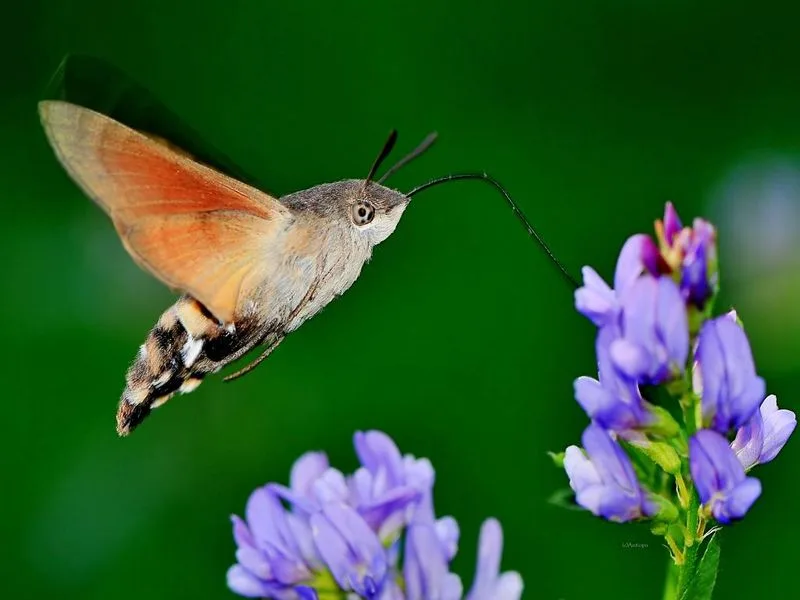
With the agility of a hummingbird and the appearance of a moth, the Hummingbird Hawk-Moth is a fascinating blend. This moth hovers like a bird, sipping nectar with its long proboscis, primarily at dusk. Lavender, honeysuckle, and petunias are among its preferred flowers. These tiny acrobats bring a sense of wonder, resembling miniature, whimsical helicopters. By planting these blooms, you can invite this enchanting creature into your garden, offering a front-row seat to its aerial ballet.
Blue Orchard Bee
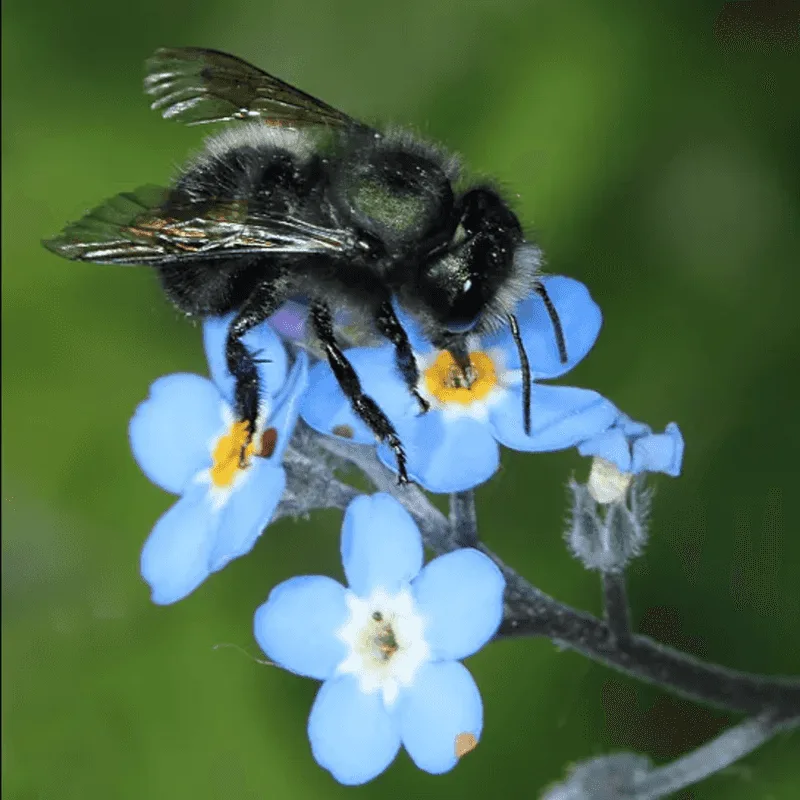
The Blue Orchard Bee, shimmering in hues of sapphire, is a solitary pollinator of early spring blooms. Unlike social bees, it works alone, making it less aggressive. Orchard trees like apples and cherries benefit greatly from its efficient pollination. By setting up bee houses and planting fruit trees, you can foster this peaceful pollinator. Watching a Blue Orchard Bee flit from flower to flower is like observing a jewelled treasure at work, enhancing the vibrancy of your garden’s early blooms.
Longhorn Beetle

With antennae as notable as its name suggests, the Longhorn Beetle is a striking figure in the insect world. While often overlooked, these beetles are vital decomposers, aiding in breaking down deadwood. Planting trees and shrubs can support their habitat needs. Their presence in your garden signifies a thriving ecosystem. Picture these beetles as the understated janitors of nature, quietly maintaining the balance. Supporting their habitat contributes to the broader health of the environment.
Ruby-throated Hummingbird
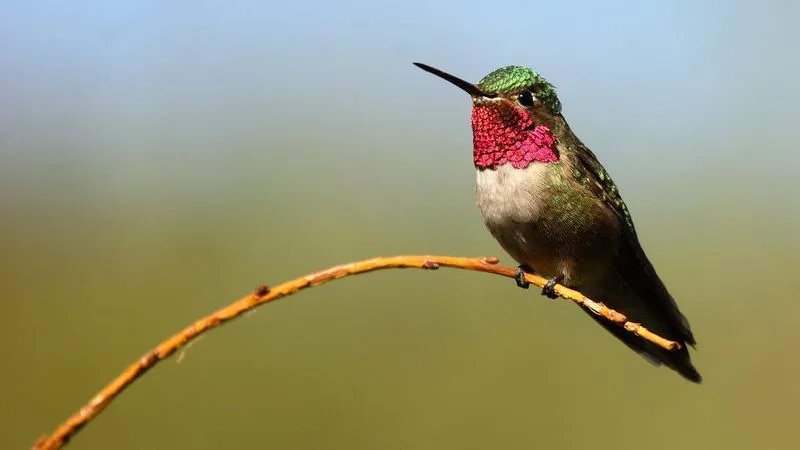
Tiny yet mighty, the Ruby-throated Hummingbird is a dazzling spectacle with its emerald feathers and ruby-red throat. These birds flit from flower to flower, favoring red, tubular blooms like trumpet vine and bee balm. Creating a garden rich in nectar-filled flowers can attract these aerial jewels. Their arrival is like a sprinkle of magic, where each visit to a flower is a dynamic dance. Providing sugar water feeders can also encourage their presence, offering a continuous source of energy for their energetic flights.
Western Honey Bee

As one of the most well-known pollinators, the Western Honey Bee plays an indispensable role in agriculture. Despite their hardworking nature, these bees face threats from pesticides and habitat loss. By planting clover and other bee-friendly plants, you can provide a haven for these industrious insects. Imagine a garden alive with the gentle hum of honey bees, their collective efforts ensuring the bounty of fruits and vegetables. Supporting them means supporting food security and biodiversity.
Great Yellow Bumblebee

The Great Yellow Bumblebee, once common in the UK, is now confined to the northernmost regions. Its striking yellow coat is a beacon of hope in conservation efforts. Favoring flowers like knapweed and vetch, it plays a key role in pollination. Planting these in your garden can offer refuge to this vibrant bumblebee. Imagine your garden as a safe haven, a place where these golden pollinators can thrive. Encouraging their presence supports biodiversity and the visual splendor of your garden.
Lesser Long-nosed Bat
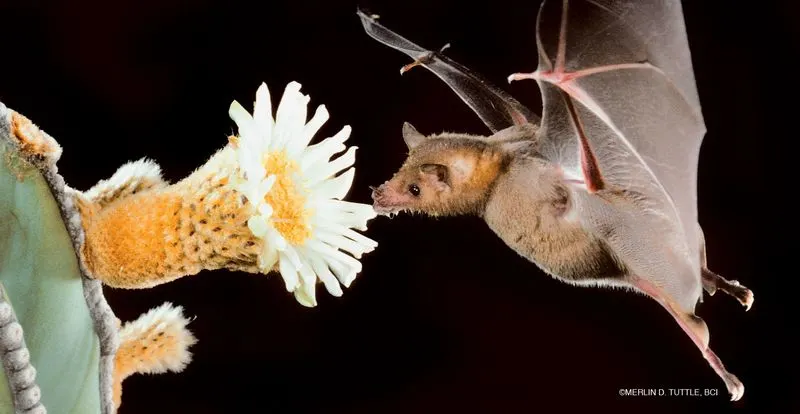
In the cover of night, the Lesser Long-nosed Bat emerges, aiding in the pollination of desert plants like agave and cacti. These bats are essential for the ecosystems of the southwestern U.S. and Mexico. By planting night-blooming flowers, you can provide nourishment for these nocturnal pollinators. Envision your garden as a nighttime oasis, where bats flutter silently, ensuring the growth of key desert plants. Supporting these bats means championing the delicate balance of desert ecosystems.
Painted Lady Butterfly
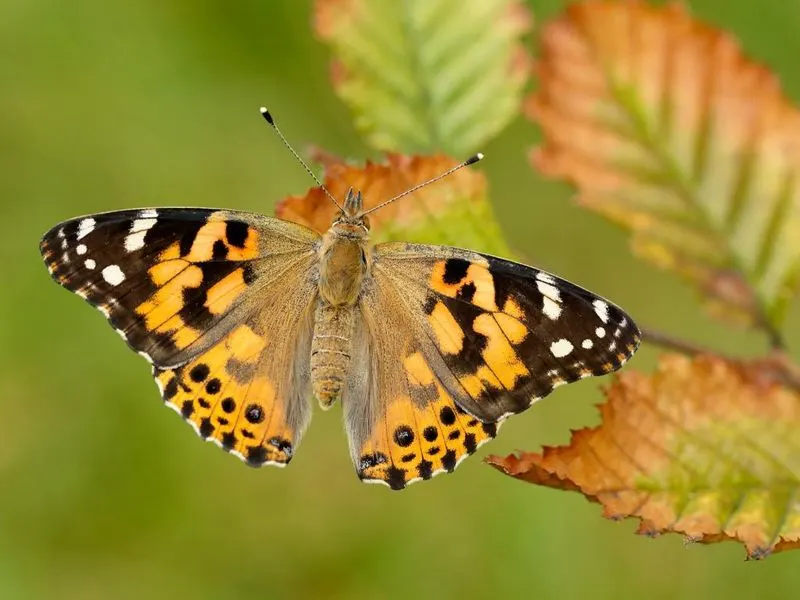
The Painted Lady Butterfly, with its intricate patterns, is a sight to behold. Known for its long migrations, this butterfly frequents gardens that offer nectar-rich flowers like daisies and asters. Creating a garden with these blooms can transform it into a haven for these travelers. Picture a garden where butterflies flit gracefully, each landing a delicate touch of art. Supporting the Painted Lady means participating in the preservation of a species known for resilience and beauty.
White Admiral Butterfly
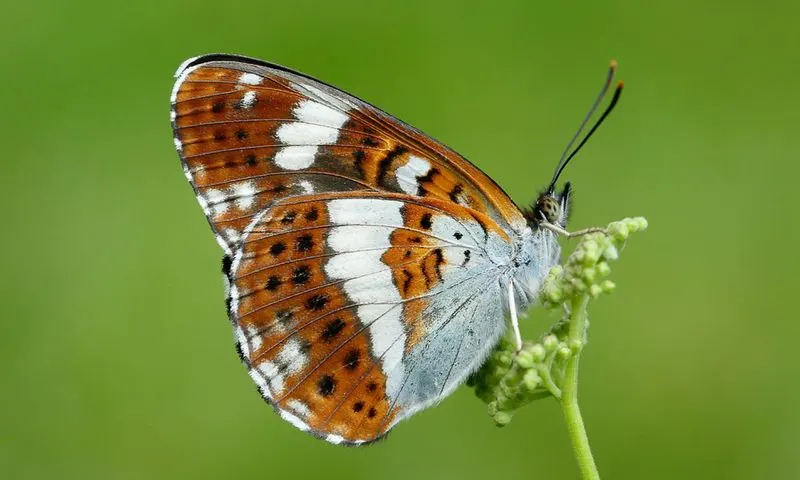
A true forest dweller, the White Admiral Butterfly is as elegant as it is elusive. Its striking black and white wings make it a standout among woodland butterflies. These butterflies favor small trees and shrubs, such as honeysuckle, for nectar. Imagine a garden that mimics the peaceful undergrowth of a forest, where these butterflies can find nourishment and respite. Encouraging their presence brings the tranquil beauty of woodland elegance into your garden.
Mason Bee
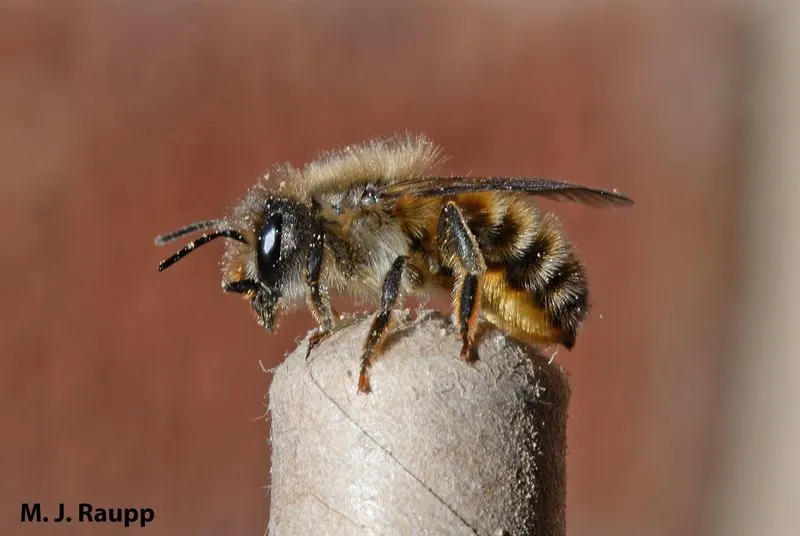
The unassuming Mason Bee is a powerhouse of pollination, particularly for spring gardens. These solitary bees are gentle and highly effective, visiting more flowers per day than honey bees. By setting up simple bee houses and planting spring blossoms, you can attract these industrious pollinators. Picture your garden buzzing with activity, each Mason Bee contributing to the pollination process. Supporting them is about fostering a small yet impactful community of nature’s diligent workers.
Bumblebee Bat
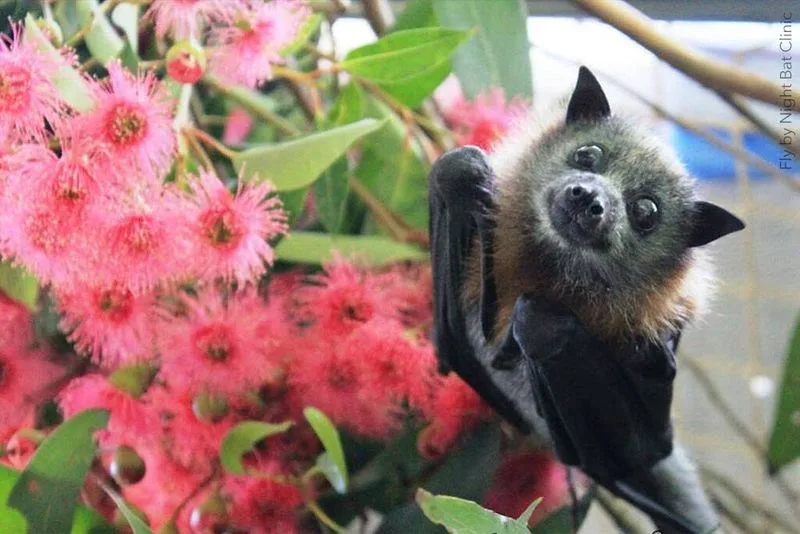
The Bumblebee Bat, the world’s smallest mammal, is a marvel of nature. Found in limestone caves of Thailand and Myanmar, it plays a unique role in insect control and pollination. Though not a garden inhabitant, supporting conservation efforts through awareness and habitat protection can aid its survival. Imagine a world where even the smallest creatures are cherished and protected. Supporting the Bumblebee Bat is about valuing biodiversity and the intricate web of life it represents.
Peacock Butterfly
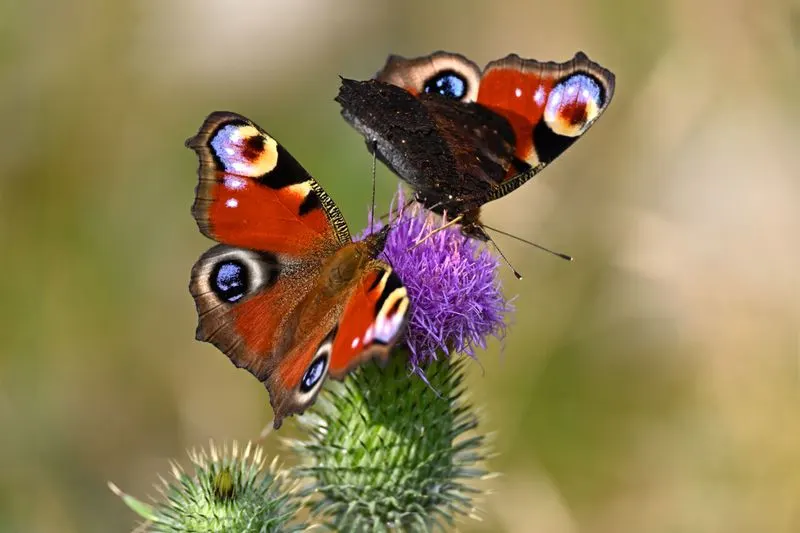
With eyespots that mesmerize, the Peacock Butterfly is a common yet enchanting garden visitor. These butterflies are drawn to buddleia and other nectar-rich flowers. To attract them, cultivate a vibrant garden with a variety of blooms. Envision a space where butterflies flutter like living jewels, their captivating patterns adding a dynamic touch. Supporting the Peacock Butterfly means nurturing an environment of color and life, contributing to the beauty and balance of nature.
Giant Swallowtail Butterfly

Majestic in flight, the Giant Swallowtail Butterfly is a spectacle of grace. Found in citrus groves, these butterflies are drawn to flowers like lantana and phlox. Create a garden oasis with these blooms to welcome these stunning creatures. Imagine a garden where the flutter of large wings brings a serene elegance, as if nature itself is painting with butterfly strokes. Supporting the Giant Swallowtail is about embracing nature’s artistry in motion.
Eastern Tiger Swallowtail
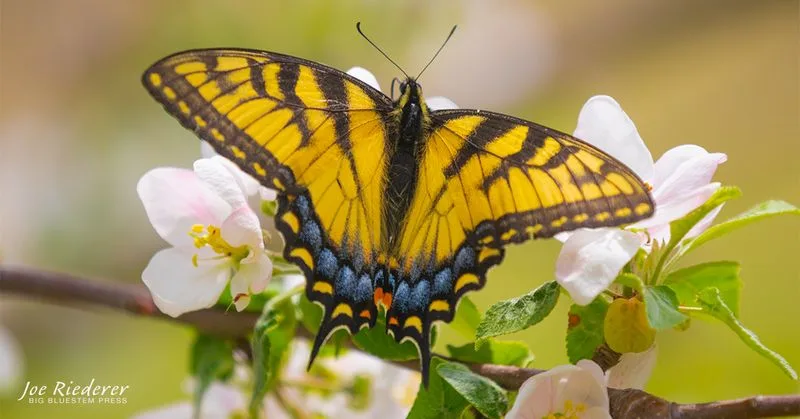
The Eastern Tiger Swallowtail, with its striking yellow and black stripes, is a garden standout. These butterflies favor sunny gardens with nectar-rich flowers such as lilac and wild cherry. Planting these can attract their graceful presence. Picture your garden as a sun-dappled haven, alive with the dance of these elegant butterflies. Supporting the Eastern Tiger Swallowtail means inviting a splash of color and movement, enhancing the vibrancy of your outdoor space.
Violet-crowned Fairy Hummingbird
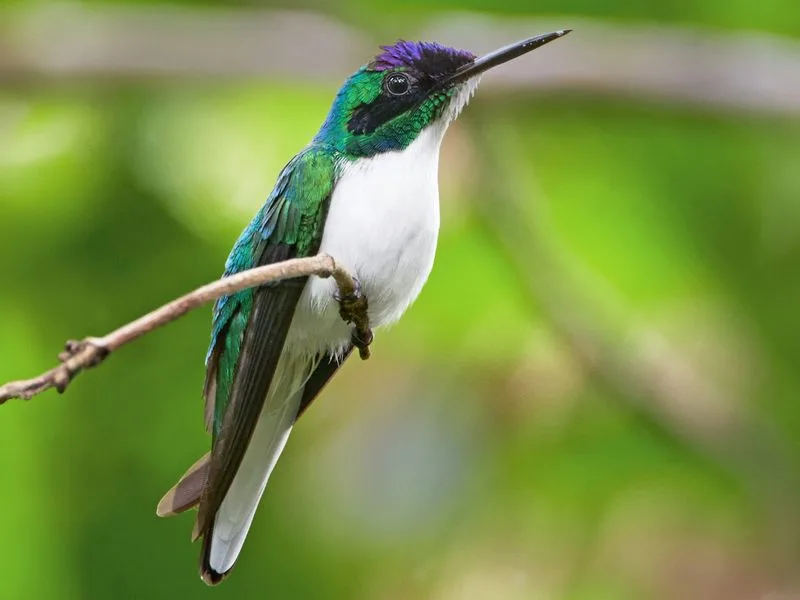
With its iridescent plumage and delicate wings, the violet-crowned fairy hummingbird is a mesmerizing sight. This tiny creature hails from the lush, tropical forests of Central America. Unfortunately, deforestation and habitat fragmentation threaten its existence.
Imagine a garden alive with vibrant flowers and buzzing with life. By planting nectar-rich blossoms, you can provide a haven for this whimsical bird.
A favorite among bird watchers, the violet-crowned fairy hummingbird’s graceful presence can transform any garden into a sanctuary. Consider adding native plants to attract these enchanting pollinators and support their survival.

